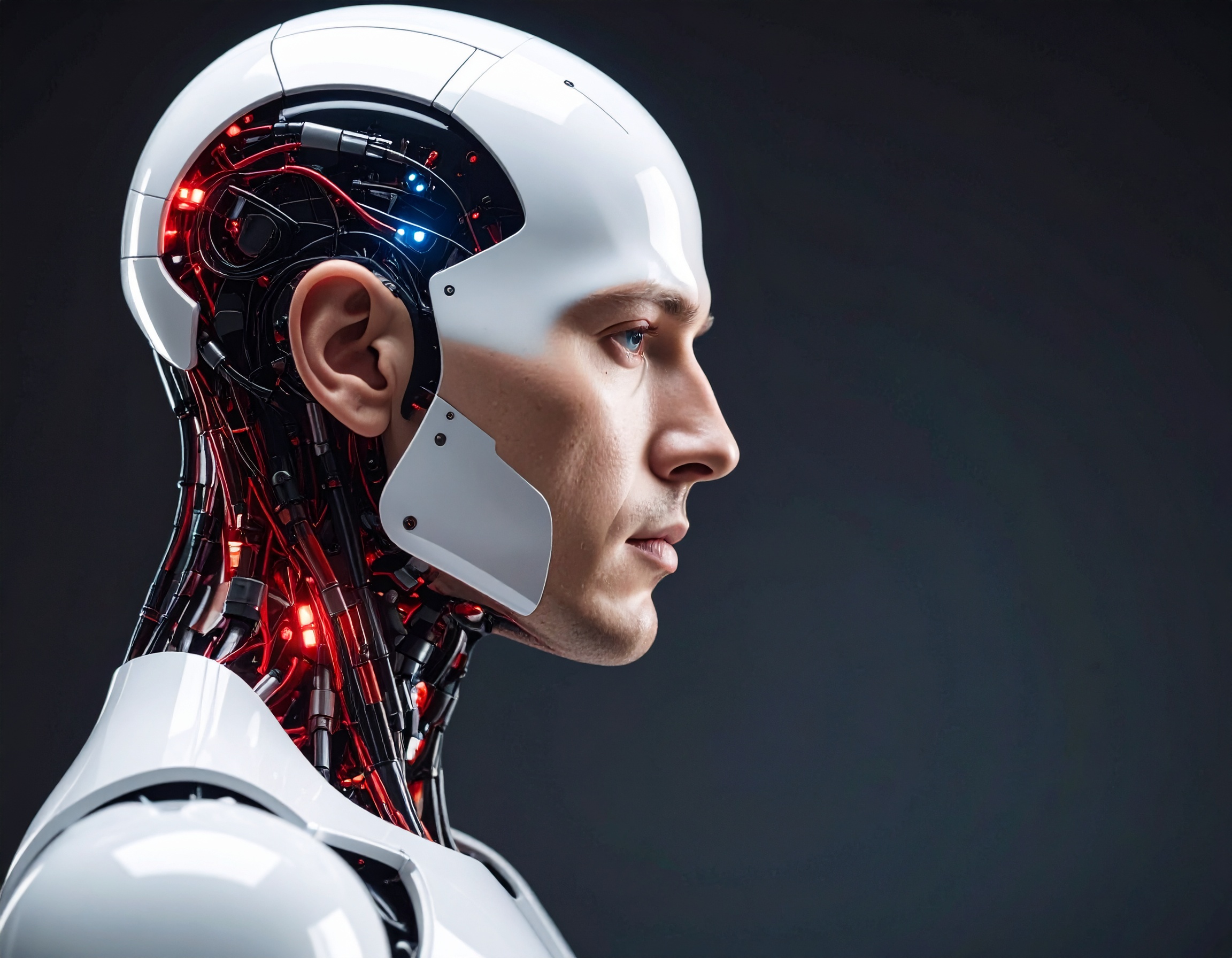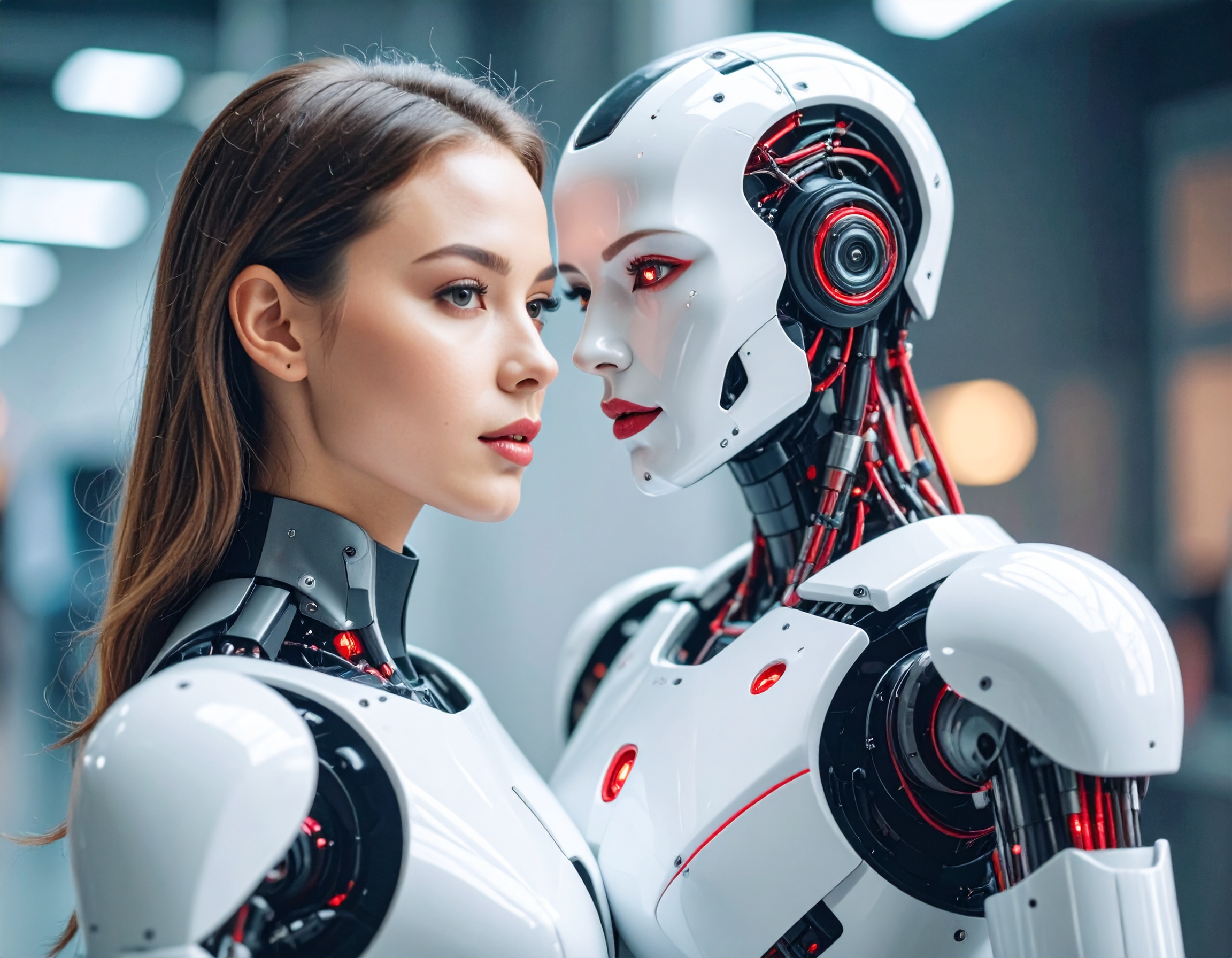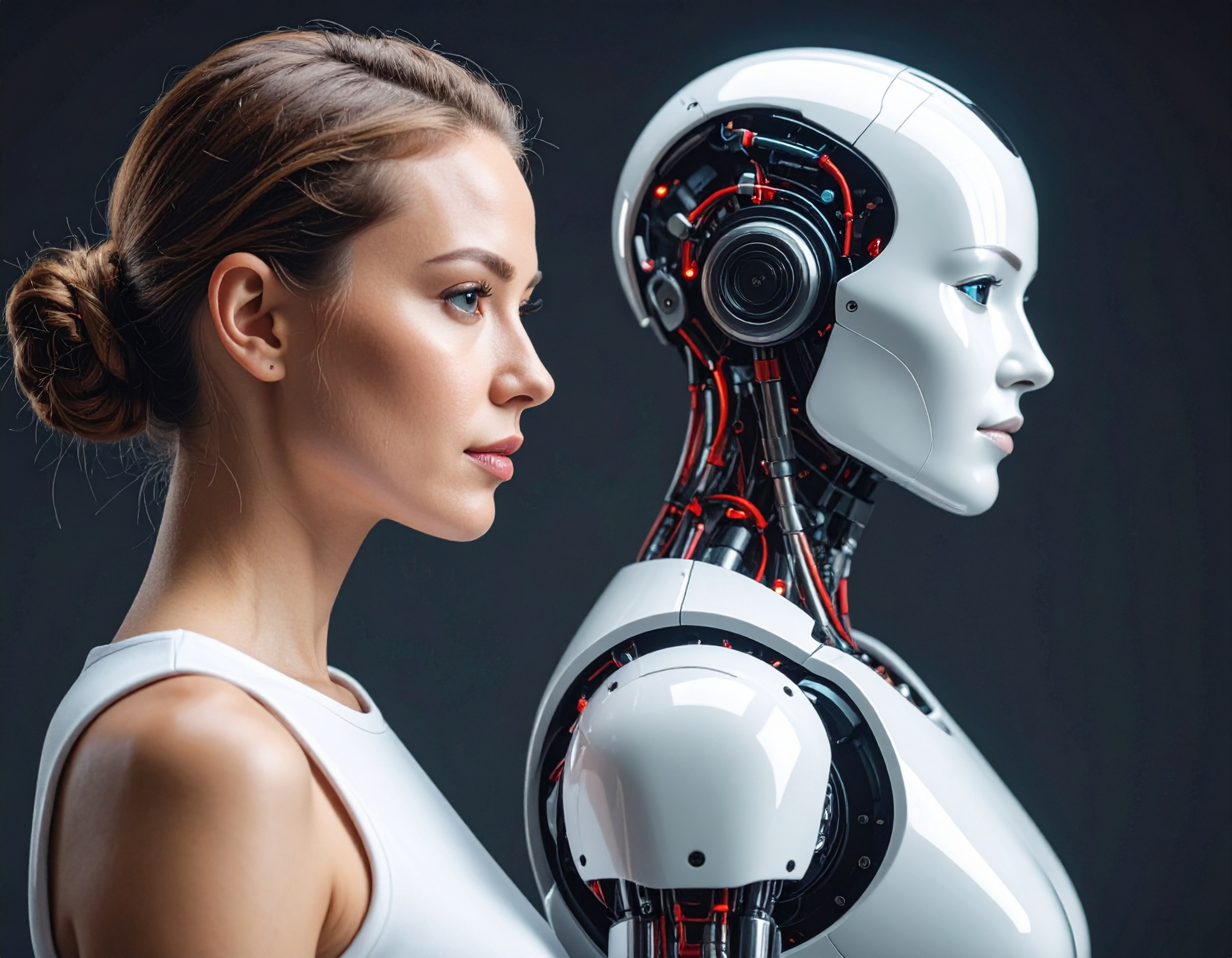Empowering Robotics: Generative AI Redefines Human-Robot Collaboration

In a paradigm-shifting development, the synergy between generative AI and robotics is reshaping the landscape of human-robot interaction, unlocking unprecedented possibilities for autonomous functionality. Over the years, humanoid robots such as department store assistants and NASA's Robonaut have showcased rudimentary capabilities, yet their dependence on rigid programming has hindered their adaptability in dynamic environments.
The integration of generative AI marks a significant leap forward, endowing robots with the cognitive abilities to perceive, interpret, and respond to complex and unstructured scenarios. This breakthrough enables robots to transcend the confines of controlled settings, paving the way for their deployment in real-world applications ranging from customer service to space exploration.
Fueling this transformation is a surge in investment, with major players like Jeff Bezos' Explore Investments, Microsoft, Amazon, Nvidia, OpenAI, and Intel pouring substantial funds into robotics startups pioneering generative AI technology. Ventures such as Figure AI, which recently secured $675 million in funding, underscore the growing confidence in the potential of autonomous robots enhanced by AI.
However, while generative AI holds promise for enhancing the autonomy of humanoid robots, challenges persist in achieving truly human-like responsiveness. Experts caution that current AI models may lack the nuanced understanding required to navigate unfamiliar situations seamlessly. Despite these hurdles, ongoing advancements in AI-driven robotics signify a profound shift towards a future where intelligent agents collaborate effortlessly alongside human counterparts.
In essence, the convergence of generative AI and robotics heralds a new era of innovation, where machines transcend their predefined functions to become adaptable, responsive, and indispensable digital employees. As this technology continues to evolve, it has the potential to revolutionize industries, enhance productivity, and redefine the boundaries of human-robot collaboration in the years to come.
Key Highlights:
- Generative AI Advancements: The integration of generative AI technology is revolutionizing the capabilities of humanoid robots, empowering them with human-like qualities such as perception, interpretation, and adaptability in dynamic environments.
- Expansion of Potential Applications: Humanoid robots are no longer confined to controlled settings; they are now poised to operate in diverse real-world scenarios, spanning industries from customer service to space exploration.
- Investment Surge: Major tech companies and venture capital firms are injecting significant funds into robotics startups pioneering generative AI technology, reflecting growing confidence in the potential of autonomous robots.
- Challenges in Human-like Responsiveness: Despite progress, experts caution that current AI models may still lack the depth of understanding needed for seamless navigation of unfamiliar situations, posing challenges to achieving truly human-like responsiveness.
- Future Implications: The convergence of generative AI and robotics signifies a transformative shift towards enhanced autonomy and collaboration between humans and intelligent agents, with far-reaching implications for industries and productivity.
Reference:
https://www.rtinsights.com/generative-ai-poised-to-unleash-more-independence-for-humanoid-robots/


